By Ali Sahebalzamani
There is a knot in our throats; all our throats, whether in Iran or in exile, our throats are closed completely shut by this knot. Can you imagine it? All these swarthy people, all over the world, walking around with their throats all closed off by the same knot. Last week I tried to explain it to a coworker who noticed my sorrow. I tried to convey the depth of our sorrow at losing maestro Mohammad Reza Shajarian by elaborating on the fact that he had stood shoulder to shoulder with the people of Iran through all the chaos and fire of the past half-century; that when he sang, it wasn’t just his own pristine voice that came out of his throat, but all our voices. It had stopped being his throat many years ago. That throat was our throat, now closed shut by this bitter knot.
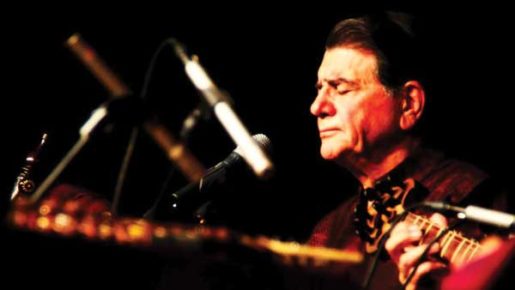
I told him about our late maestro’s early days on the radio where, for fear of his father’s disapproval, he had performed under the pseudonym Siavosh Bidagani. That at the time it was a matter of course for singers who became famous by performing classical music on the radio to be hired in the cafés and cabarets of Laleh Zar, there to perform a far lower standard of music. But this practice became common, I explained, because they were paid a much greater sum of cash than they could ever earn as employees of the National Radio and the ministry of arts and culture. Yet our late maestro refused this offer and, in doing so, established himself as a singer of a much higher caliber and as an artist of integrity and principle.
At the time, his talent was recognized by one of the last great masters of the old method of singing, Nour-Ali Boroumand, to whose classes he eagerly rushed, along with many of his contemporaries—men such as Parviz Meshkatian, Mohammad-Reza Lotfi, and Hossein Alizadeh—who would go on to compose the most famous and memorable, not to mention musically ingenious, works which Shadjarian would sing.
Later on, when the royal regime’s brutal tactics against dissidents rose to a fever pitch in the last days preceding the revolution of 1979, our late maestro, along with the entirety of the younger generation of the radio’s best and brightest, tendered his resignation in protest. From the ranks of those angry young men and women, who surely had knots in their throats back then as we do now, would be forged the Chavoosh center for music. The fruits of their labors would be the ten cassette tapes that today any true listener of Iranian music knows by heart—those melodies, familiar like the contours of the knots in our throats, and those poems like the drops of blood that drip from our heart. They stood shoulder to shoulder with the people and Shajarian, as the main singer throughout those albums, became a sort of figurehead to their audience. To quote Bijan Kamkar, “When the regime shot people on the street, Shadjarian sang ‘my brother’s crown is a blossom in bloom.’”
The day was eventually carried by the revolutionaries and the new regime was established through the labors of young activists, and the knots in our throats were beginning to loosen with hope; so Shadjarian sang:
“Iran, O home of hope,
O’er thy roof the dawn has finally broke”
And the people sang along with him, little knowing that even as that song was being broadcast from the radio, now under the control of the revolutionaries, the very poet who wrote the lyric to it was already imprisoned. Slowly, as the dream of hope was turning into a nightmare of despair, music—classical music, to be precise—was cast aside by zealots who believed it to be indulgent and sinful. So the knots in our throats tightened once again. A year into the war with Iraq, the musical genii who had resigned from the shah’s radio were rarely allowed to perform for the people with whom they had stood, so one by one they went into self-imposed exile; some physically left Iran whereas others stayed and taught their arts to students and performed in small private concerts, a shadow of the massive sold-out performances they gave during the first months after the revolution. However, our late maestro had a habit of recording all his performances, no matter how small the audience or how meager the sales, and from among these tapes were forged his next few albums. He started his own record label, Del Avaz records, and distributed the masterpieces he created with Parveez Meshkatian. These albums, such as Astaan-e Jaanaan, Bidaad, and Dastaan, would be the soundtrack of those horrid years. In Bidaad –which, roughly, translates into ‘injustice’—he chose a poem by Hafez, which goes:
“The city of beloved friends and the soil of grace was this,
O sovereigns! What has become of you?”
This poem specifically resulted in much controversy and a lot of effort went into the attempt to censor this album; efforts that would eventually remain unsuccessful. Through the creation of these albums, our late maestro let us know that he still stood with us and that it was still our voice that came out of his throat, no matter how many bitter knots we had in there.
At this point in the conversation, my coworker pointed out that I had not been present for most of the years I referenced. “That is true,” I said, “but, in the years that I did occupy the same planet as Mohammad Reza Shajarian, his song was my song. When the people of Iran rose once more in protest in 2009, it was again his songs that shook the air above the streets and the first time I had my heart broken it was the poetry of Sa’di coming out from between his lips that consoled me; and today, as I am struggling to come to terms with the uncomfortable truths of my life and the world, it is still his song that can loosen the bitter knots in my throat.”


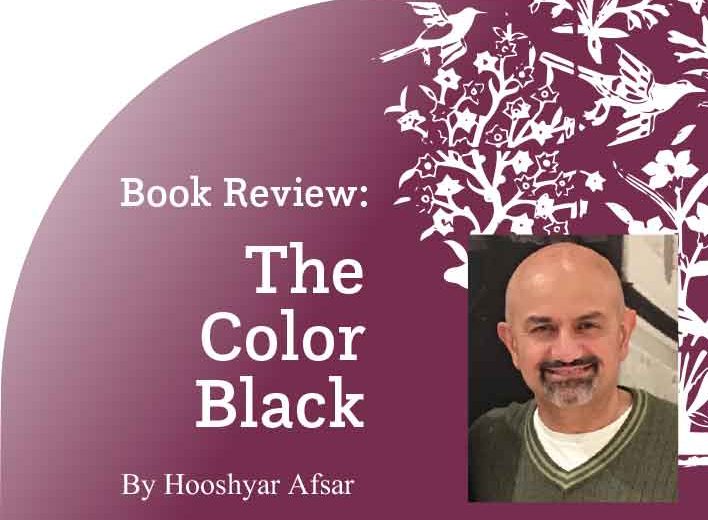
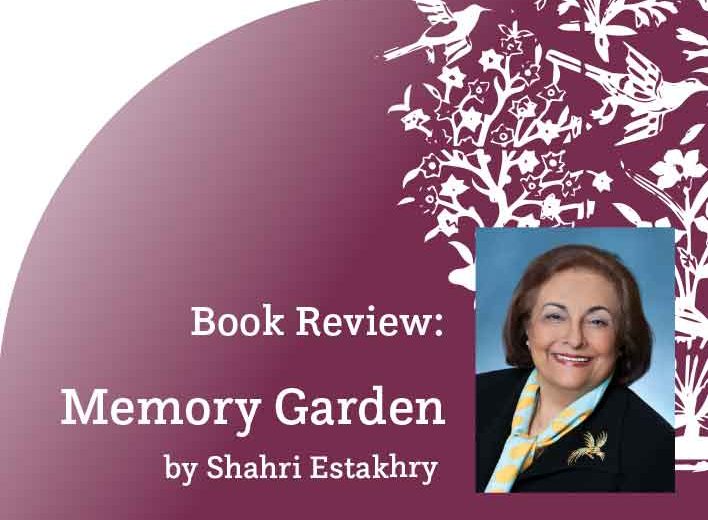
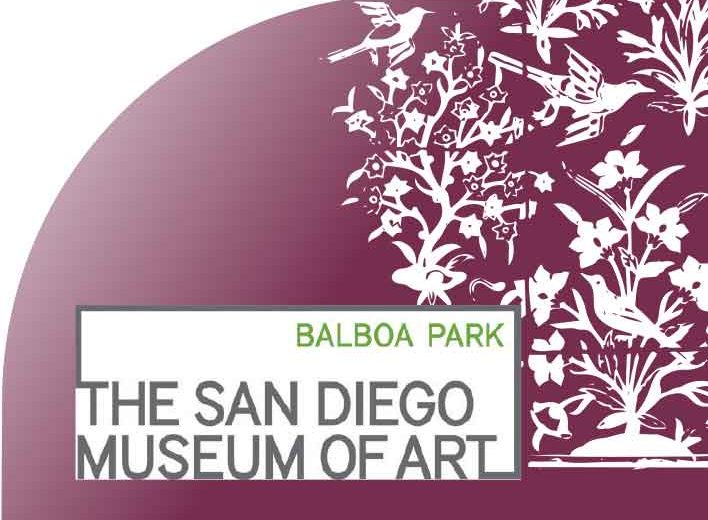
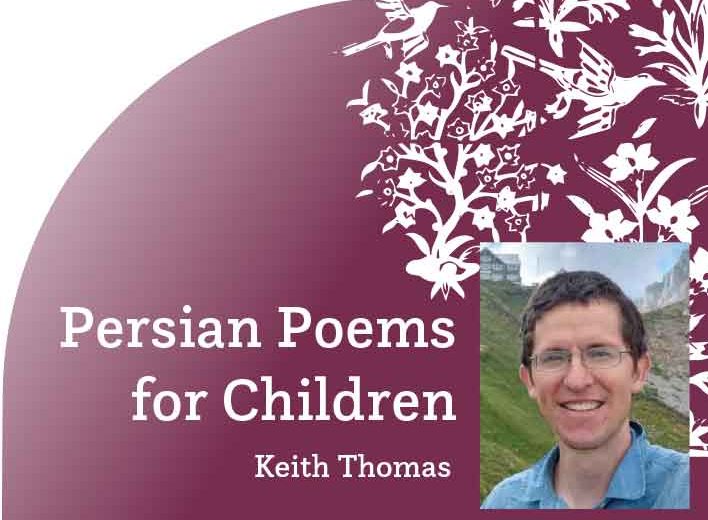

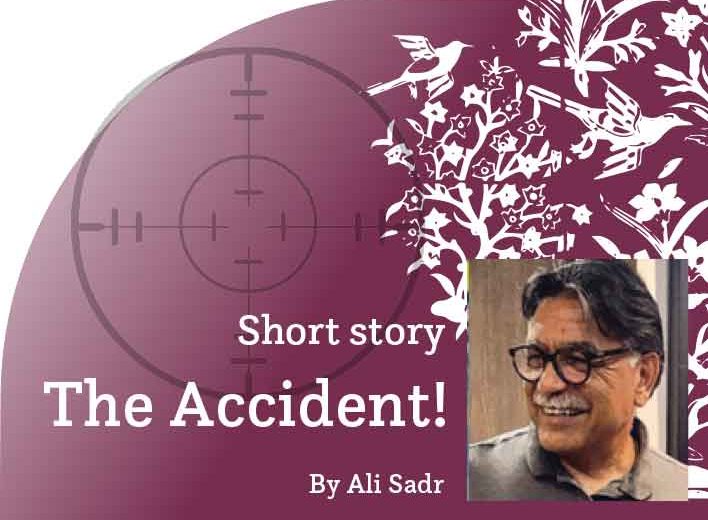
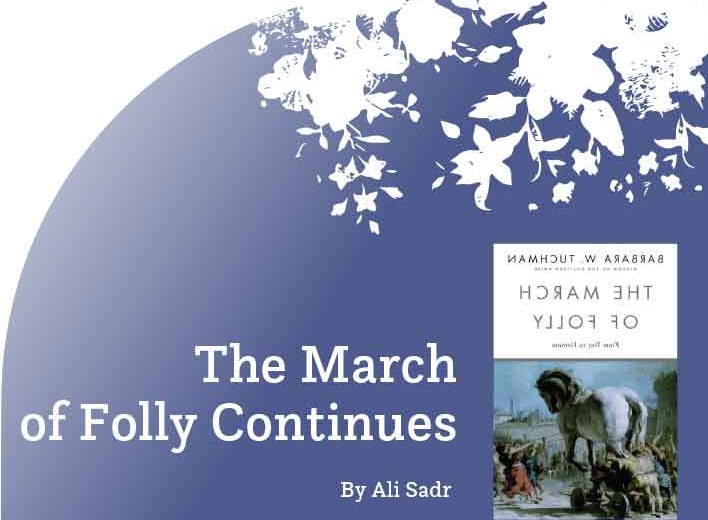
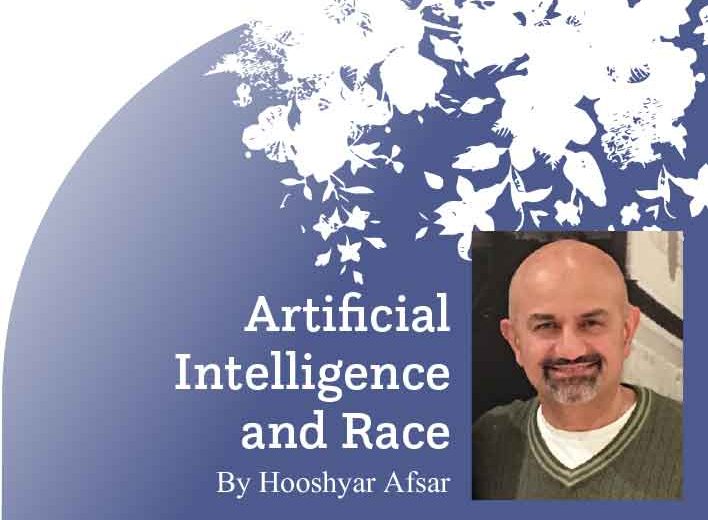








1 Comment
Ali Sadr November 16, 2020 at 11:07 pm
An excellent article, thank you